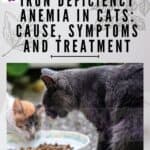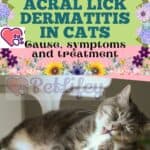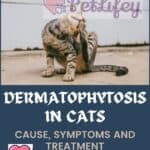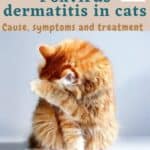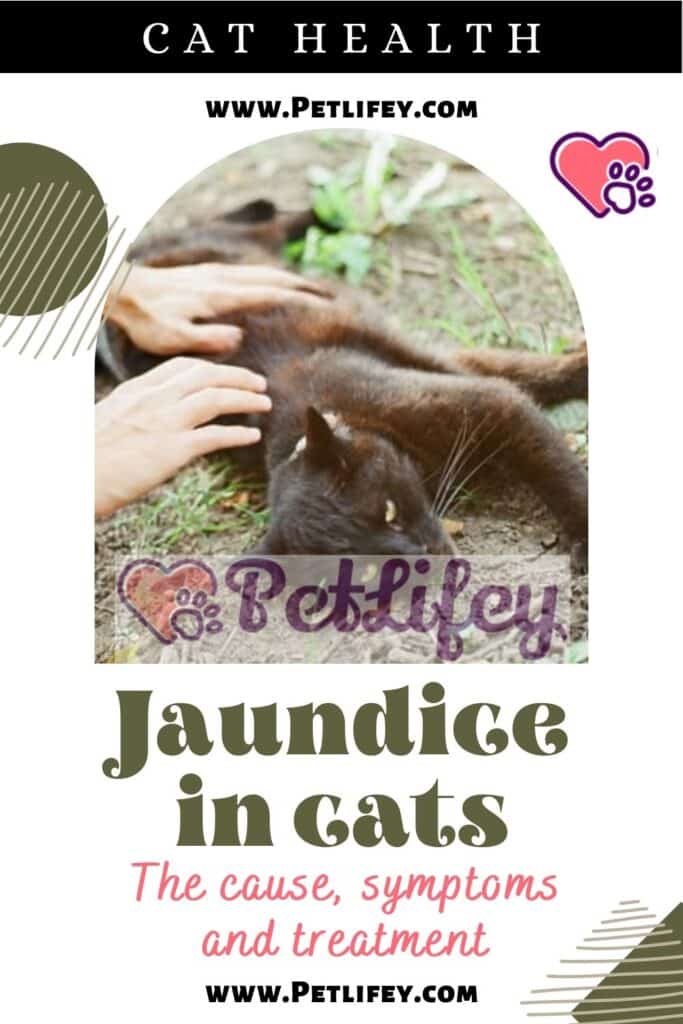
Jaundice in cats is a particular condition where the feline takes on a yellow color on the skin. Let’s see what the causes, symptoms and treatment are.
Jaundice is the yellowish discoloration of serum or tissues, including skin and mucous membranes, caused by an excess of the bile pigment, bilirubin. Jaundice can also make cat urine a bright yellowish-orange color (bilirubinuria).
Jaundice in cats occurs when the animal’s body is unable to properly excrete bilirubin and other bile components, even if the place where the error occurs is difficult to find on first examination.
Cause of jaundice in cats
Any disease that directly affects the liver can produce this accumulation of bilirubin which causes jaundice in cats. The causes of jaundice can be different:
- the pre-hepatic causes: in this case the problem has nothing to do with the liver and occurs before the blood passes through the liver;
- hepatic causes: those disorders associated with the liver and therefore the cause is in the liver (hepatic lipidosis, neoplasm, feline hepatitis, biliary cirrhosis and vascular alterations from birth);
- post-hepatic causes: the cause of the accumulation of bilirubin is outside the liver are disorders that arise after the passage of blood through the liver (neoplasm in the duodenum or pancreas, pancreatitis, a rupture after trauma to the bile duct)
Symptoms
Jaundice itself is already a symptom that the feline is suffering from some health problem. Generally in areas where the cat has less hair, the most obvious sign of this disorder is the yellowish color of the skin, and is therefore more evident in the mouth and ears. Other obvious symptoms will be:
- yellowish discoloration of the gums, the whites of the eyes and skin;
- lethargy;
- loss of appetite, weight loss and loss of body condition,
- difficulty in breathing;
- vomiting, diarrhea;
- abdominal distension;
- greater if not excessive water intake and excessive urination.
If the cat exhibits any of the symptoms described above and especially if you notice the concomitant onset of some of them, it is advisable to consult your veterinarian immediately. Only the veterinarian is able to carry out the necessary tests to confirm a diagnosis of liver disease.
Diagnosis and treatment of jaundice in cats
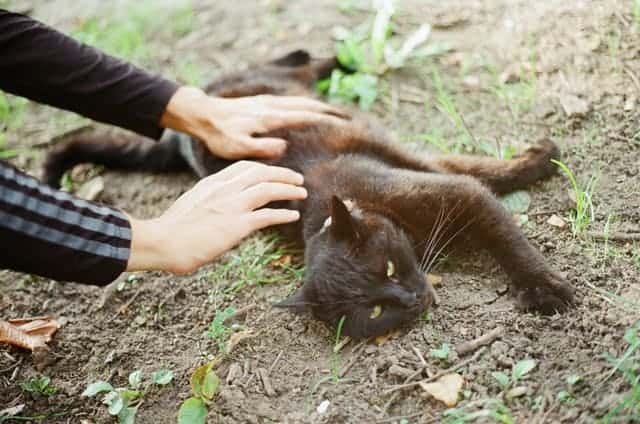
The vet recognizes jaundice in cats by the typical yellow discoloration of the skin, mucous membranes or sclera of the eyes. If the jaundice is mild, the yellow color appears mainly on the palate and white part of the eye (sclera), while if it develops in severe form, it can also cause yellowing of the mucous membranes, outer skin and iris of the eye. ‘eye.
In cats with jaundice, the possibility of carrying out basic tests (such as blood count, biochemical profile and urinalysis) is recommended. The tests also evaluate electrolytes, blood sugar, protein level, and urine concentration. Additional exams may include:
- abdominal and thoracic radiography to evaluate the size and shape of the organs as well as the presence of any masses or foreign bodies;
- abdominal ultrasound to evaluate the size, shape and structure of the abdominal organs, especially the liver;
- liver biopsy, if liver disease is suspected;
- Coombs test to evaluate the immune-mediated destruction of red blood cells;
- exploratory laparotomy;
- Serological testing for infectious diseases that can affect the liver or cause destruction of red blood cells, including feline leukemia virus, feline immunodeficiency virus, feline infectious peritonitis, and toxoplasmosis;
- Coagulation profiles to evaluate blood clotting, as coagulation abnormalities may arise in the case of severe liver disease and pancreatitis.
As for the treatment, the therapy is established according to the triggering cause. In the case of mild liver inflammation (hepatitis), the vet gives the cat antibiotics; in certain forms of liver inflammation, glucocorticoids (such as cortisone) are used.
It is also advisable to eliminate any drugs or other substances present in the environment where the cat lives, which could have caused the onset of jaundice.

